Brewing your own beer at home is quite an exciting endeavor. Once your booze is ready, the final step is carbonation, which must be done before serving the beer and enjoying it with your mates. Carbonation gives beer that delicious, refreshing crispy mouthfeel. Without it, what you will have is a flat beer that is far from enjoyable.‘’
Force carbonating is the fastest way to add crispness to your homebrew. Instead of adding priming sugar to condition your beer or waiting for the beer to ferment in a keg and release traces of carbon dioxide (CO2) for a couple of weeks, you can just add CO2 directly to the beer.
This might sound like a difficult process but it isn’t—with the right brewing equipment, you can easily carbonate your beer and enjoy it in a few hours instead of waiting for weeks. In this guide, we’ll show you play-on-play how to force carbonate beer. Let’s go!
Tools and Supplies You Will Need To Force Carbonate Beer
You will need just a few, readily available equipment to force carbonate your homebrew. These are:
- A keg
- Full CO2 gas cylinder and regulator
- Gas and liquid line fittings
- A force carbonation chart
- Brewing sanitizer
Step-by-Step Guide To Force Carbonate Beer
There are two ways to force carbonate your beer. You may choose one depending on how much time you can spare.
Method 1: Set and Wait
This method works really well if you want to force carbonate your beer in the shortest time possible. It entails feeding CO2 straight into the beer in the keg and then waiting a few days for the gas to be absorbed into the beer.
Step 1: Prepare the gas lines
A keg typically comes with a gas post and a liquid post. You will see these labeled clearly on your keg. A long dip tube is attached to the liquid post and runs down to the bottom of the keg. When gas flows from the top of the keg, it pushes the beer down, which forces the liquid to climb up the dip tube to be dispensed into your glass.
When it comes to carbonating, you want to pass CO2 through the liquid line down the dip tube so that the gas can rise through the beer in the keg. Feeding the gas from the bottom ensures that the CO2 mixes into the beer fast and thoroughly.
To prepare the gas line, remove the gas socket from the respective gas line. Set this socket aside for later use. Next, take out the black socket from the liquid line and fix it to the gas line on the keg. The goal here is to pass gas through the liquid post on the keg.
Step 2: Check for leaks
Before attempting to pass CO2 from the gas cylinder to the keg containing beer, ensure that there are no gas leaks whatsoever.
Attach the regulator to the gas cylinder and tighten it. Then, attach the gas line to the regulator body and tighten as well, making sure that all the valves are closed.
To check for leaks, spray some sanitizer on the joints. Set the regulator at 5 psi and open the valves. If you notice air bubbles around the joints, it is a sure sign of a leak. Tighten the affected joint and test again until you are sure that there are no more leakages
Step 3: Release the pressure in the keg
To ensure proper flow of gas, make sure that you first remove any pressure that may have built up inside the keg.
To release the pressure, simply pull up the pressure release valve at the top of the keg. If there is pressure in there, you will hear a hissing and bubbling sound, which means the pressure has been released and that gas is flowing from the cylinder into the keg.
Step 4: Set the regulator to the appropriate pressure
The amount of carbon dioxide you will need to carbonate your beer and the pressure you will apply will depend on your beer style and the recommended serving temperature.
The lower the temperatures, the faster the beer will carbonate, therefore the lower the pressure that is needed to carbonate the beer to the desired levels. We strongly recommend that you refer to a standard force carbonation chart for your beer style to find out the recommended pressure levels and CO2 volumes to administer to your beer.
Set the regulator to the suitable pressure and listen out for bubbling sounds, which is a good sign that gas is flowing from the cylinder to the beer in the keg.
Step 5: Set aside and wait
Now that you are sure that the CO2 is flowing into the keg at the desired pressure, set the vessel aside for 3 to 4 days. On the fourth day, taste your beer to check whether it has attained the level of carbonation that you want.
Don’t worry if the beer doesn’t feel as crispy; you can still leave it to carbonate for an additional 5 or so days to achieve more carbonation.
Pro Tip: Replace the gas and liquid lines to their original position after completing the carbonation process. Also, before testing the beer, remember to dial down the regulator to bring the CO2 down to the recommended serving pressure.
Method 2: Shake and Drink
This second method is similar to the first only that you will not have to wait for days—the beer will be ready to drink in a few hours. This process entails shaking the keg to allow the CO2 to diffuse into the beer faster.
Step 1: Connect the gas to the liquid tube
Connect the gas to the liquid post on your keg. Check for leaks and set the regulator to a pressure level of 30 psi.
Step 2: Shake the keg
In a sitting position, bring the keg to your laps, hold it firmly and sway your legs sideways to gently rock the keg. This video here shows how to shake your keg while seated—do check it out.
Sloshing the beer around ensures that more CO2 comes into contact with the beer, thereby accelerating the carbonation process.
As you shake the keg, listen out for a bubbling sound as the CO2 dissolves into the beer. Shake for about 5 minutes then listen. Do this for up to 20 minutes to ensure that enough CO2 diffuses into the beer to achieve your desired carbonation level.
Step 3: Test your beer
After shaking for 20 minutes, dial down to a serving pressure of 20 psi. Allow your beer to settle for 1-2 hours before tasting to checking if you like the carbonation level. If not, keep feeding gas into the keg and continue shaking gently, testing for carbonation after every 5 minutes.
Pro Tip: Although this method is faster, there is the risk of over carbonating your beer. If this happens, lift the pressure relief valve on your keg to release some of the gas. Set the regulator to the proper pressure level and continue to carbonate to the desired level.
Extra Tips
- While it is best and faster to carbonate your beer at lower temperatures, avoid temperature crashing your beer. Temperature crashing means lowering the temperature of your beer too fast. This can lead to undesired results such as over carbonation and even off-flavors. Instead, store the beer at the appropriate temperature and adjust the pressure levels according to the beer style.
- Don’t begin carbonating as soon as you transfer your beer to the keg. Doing this lowers the beer’s temperature and prematurely introduces CO2. This results in diacetyl, a byproduct of beer fermentation, not fully being absorbed into the yeast. The presence of diacetyl will give off undesirable buttery flavors that just lower the quality of your homebrew. The solution? Allow your beer to rest for 2 to 3 days at room temperature before transferring it from the fermentation vessel to the keg.
- Before your homebrew comes into contact with any of the equipment, always sanitize your brewing gear using a quality sanitizer. The guys at Northeastern Brewers do a good job of explaining how to sanitize your brewing equipment.
Shorten the Amount of Time It Takes To Carbonate Your Beer
When it comes to brewing your own beer, we do not recommend cutting shortcuts. But, the truth is, you do not have to wait for weeks or months before you can finally enjoy your brew. So, if you are in a pinch or just downright impatient, force carbonating your beer is the way to go.
As you have seen from our guide on how to force carbonate beer, you do not need extra or expensive equipment other than what you already have. Just connect a gas cylinder to your keg, perhaps give it a little shake, and keep tasting until you achieve your desired level of carbonation. Cheers!

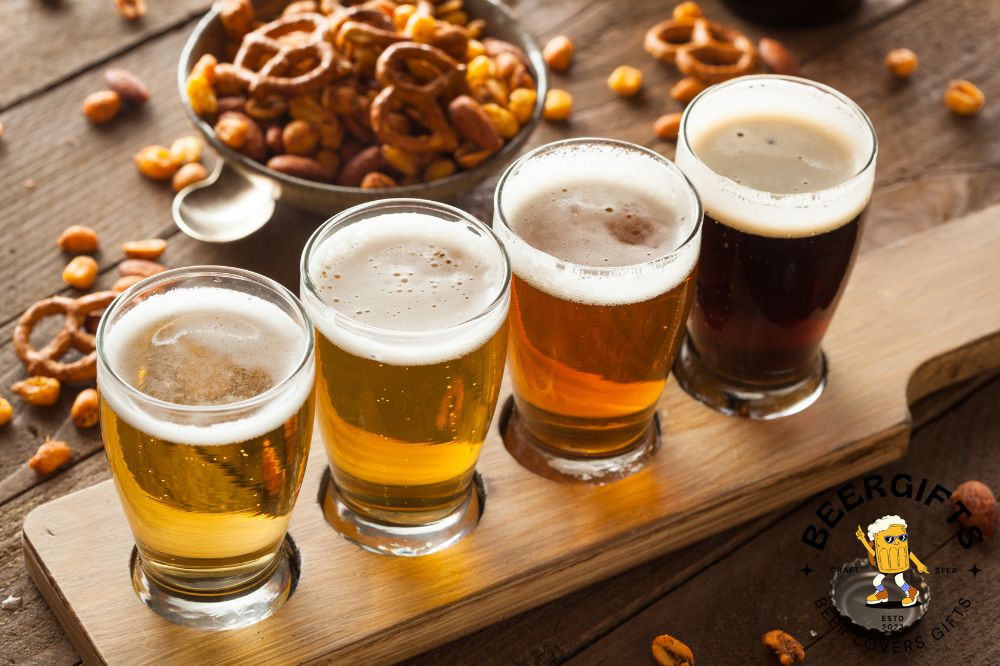
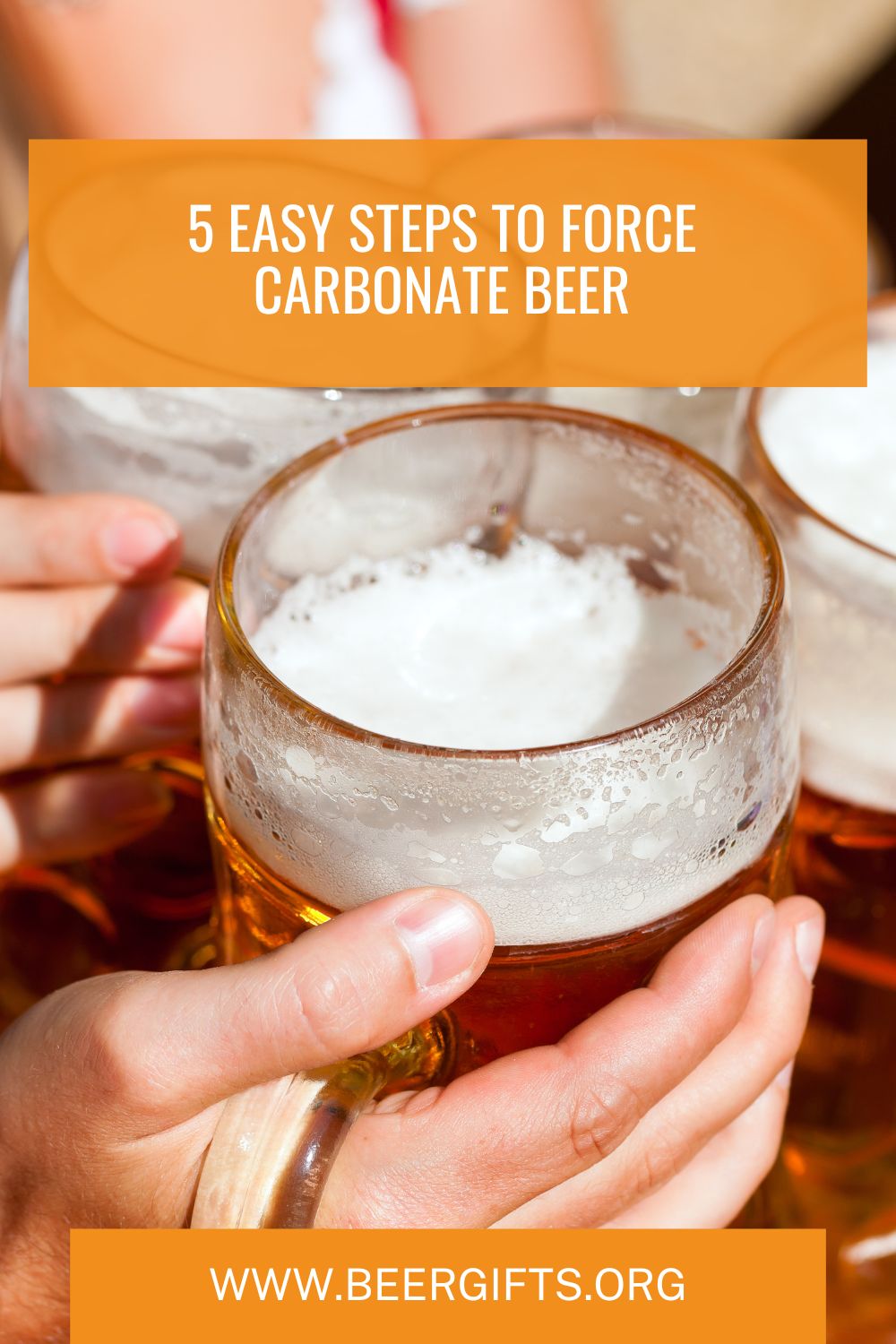
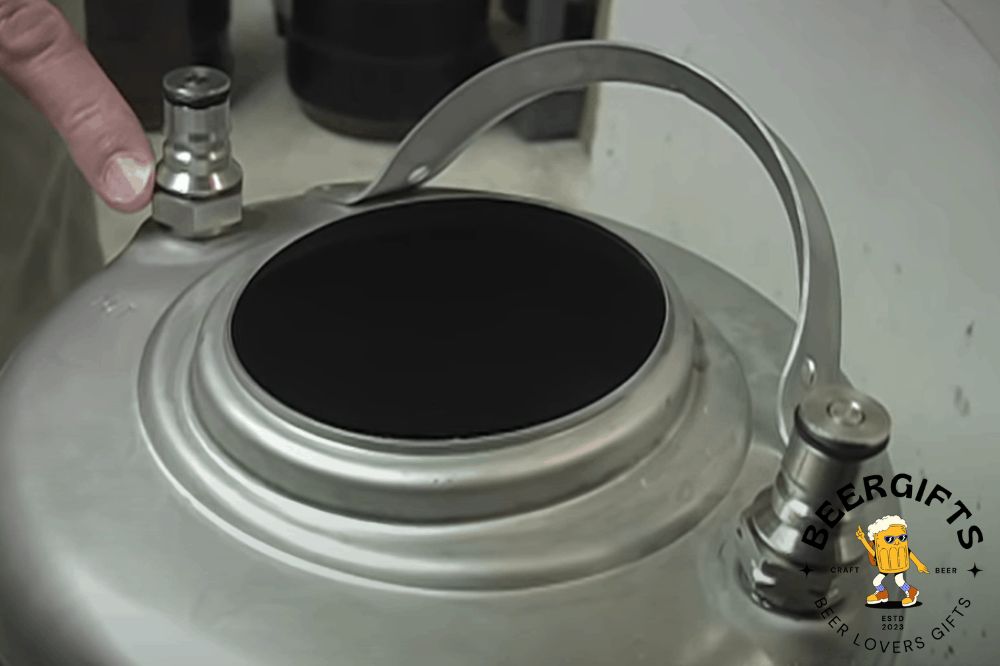
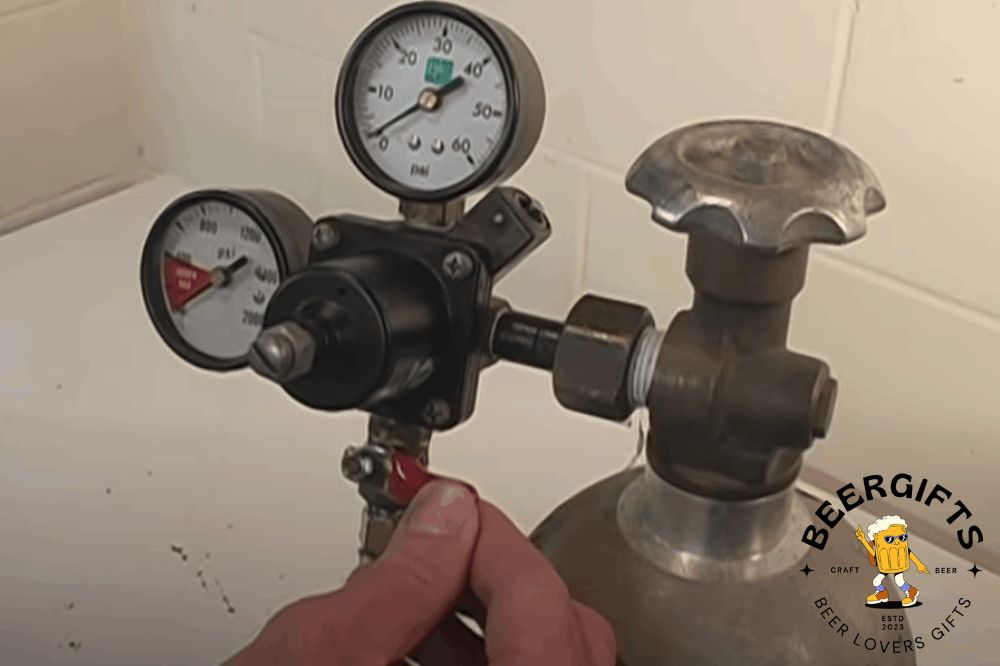
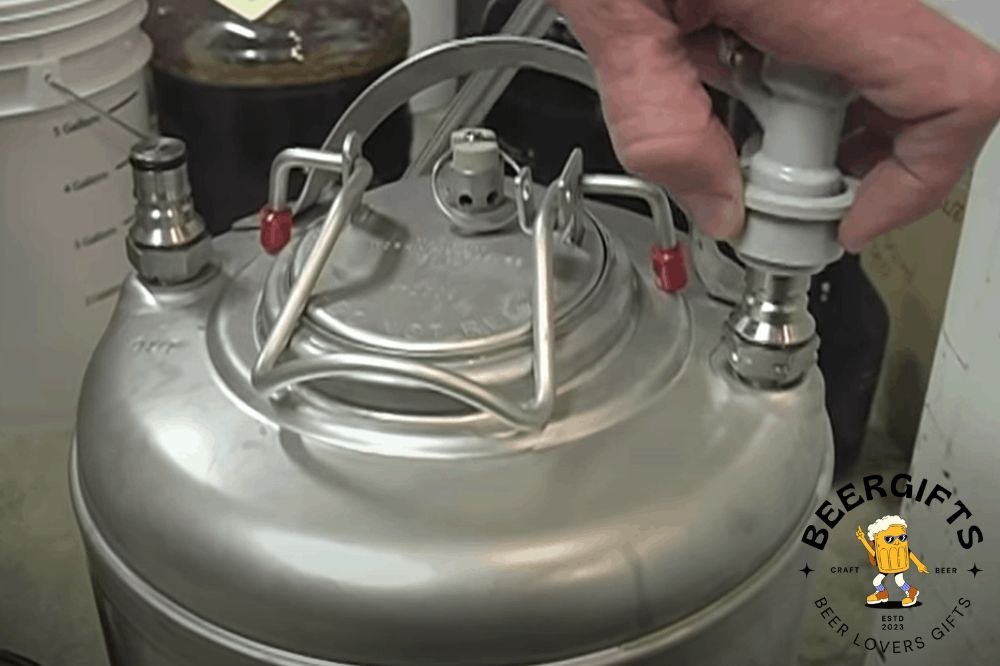
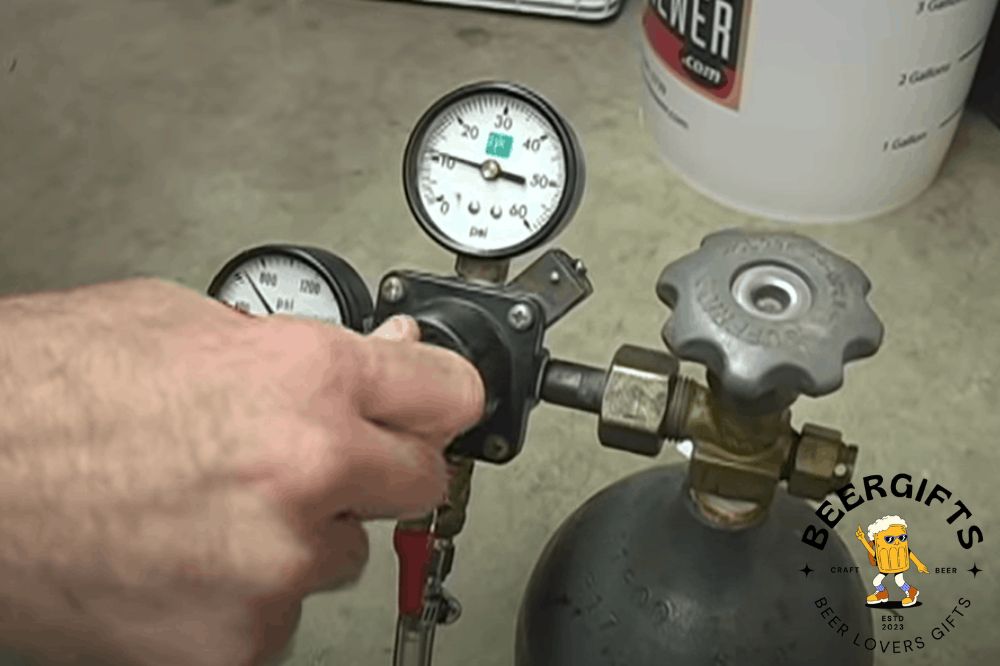
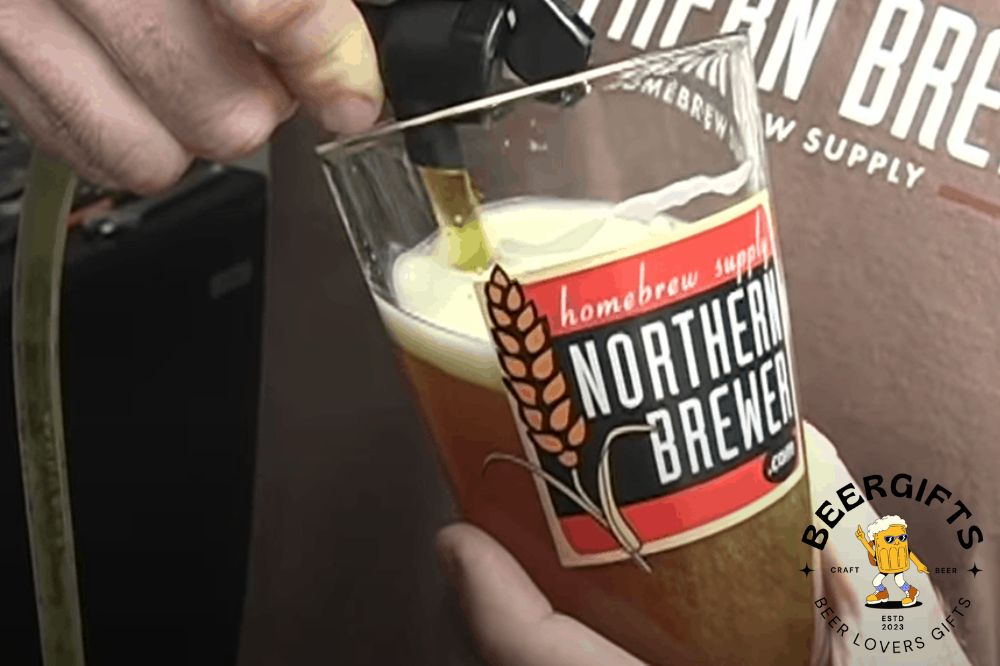
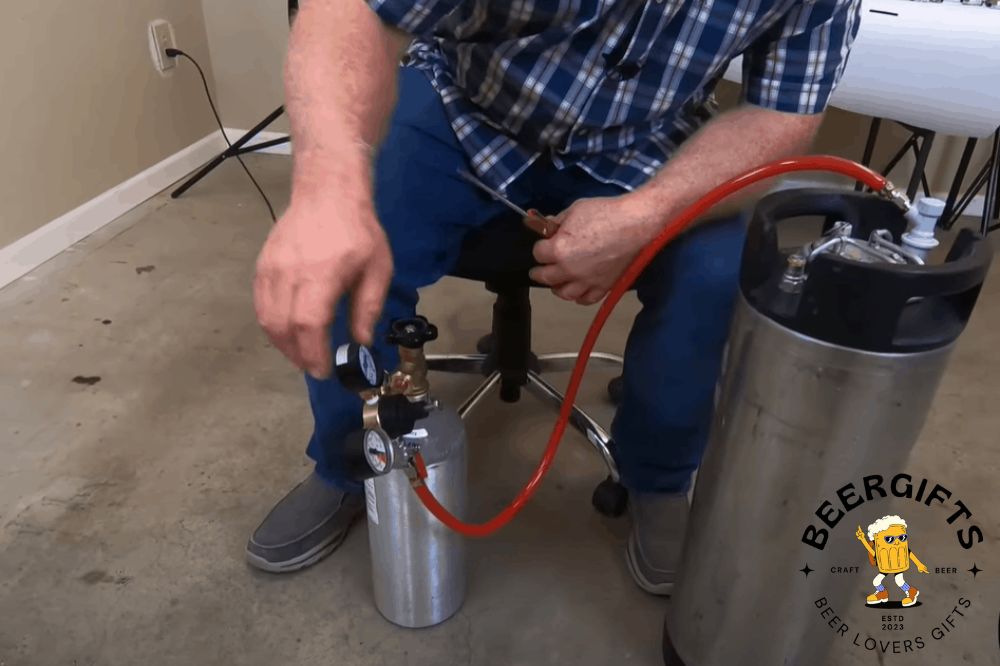
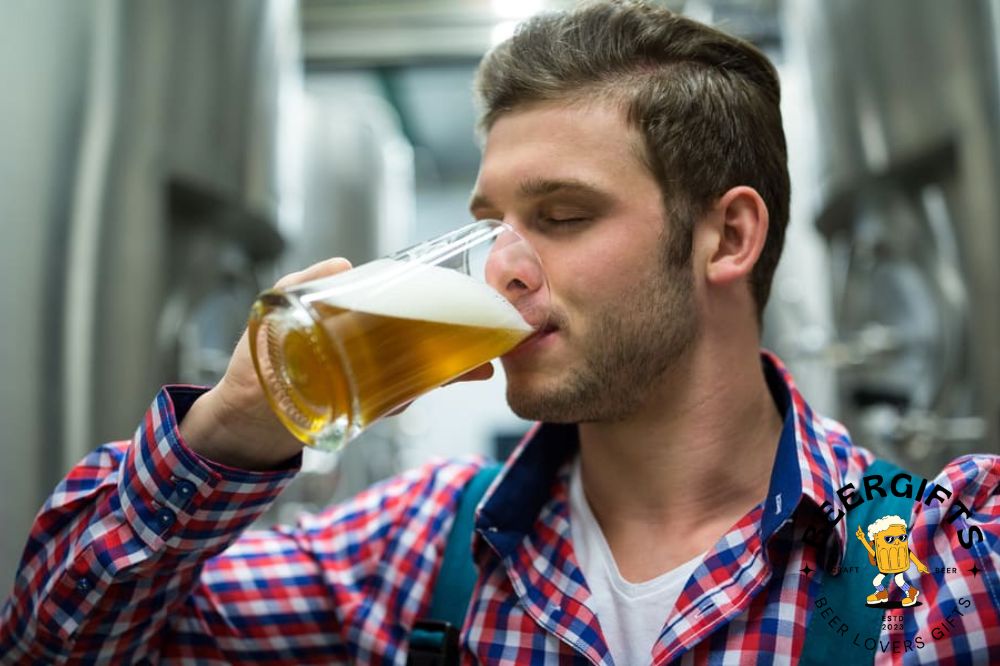
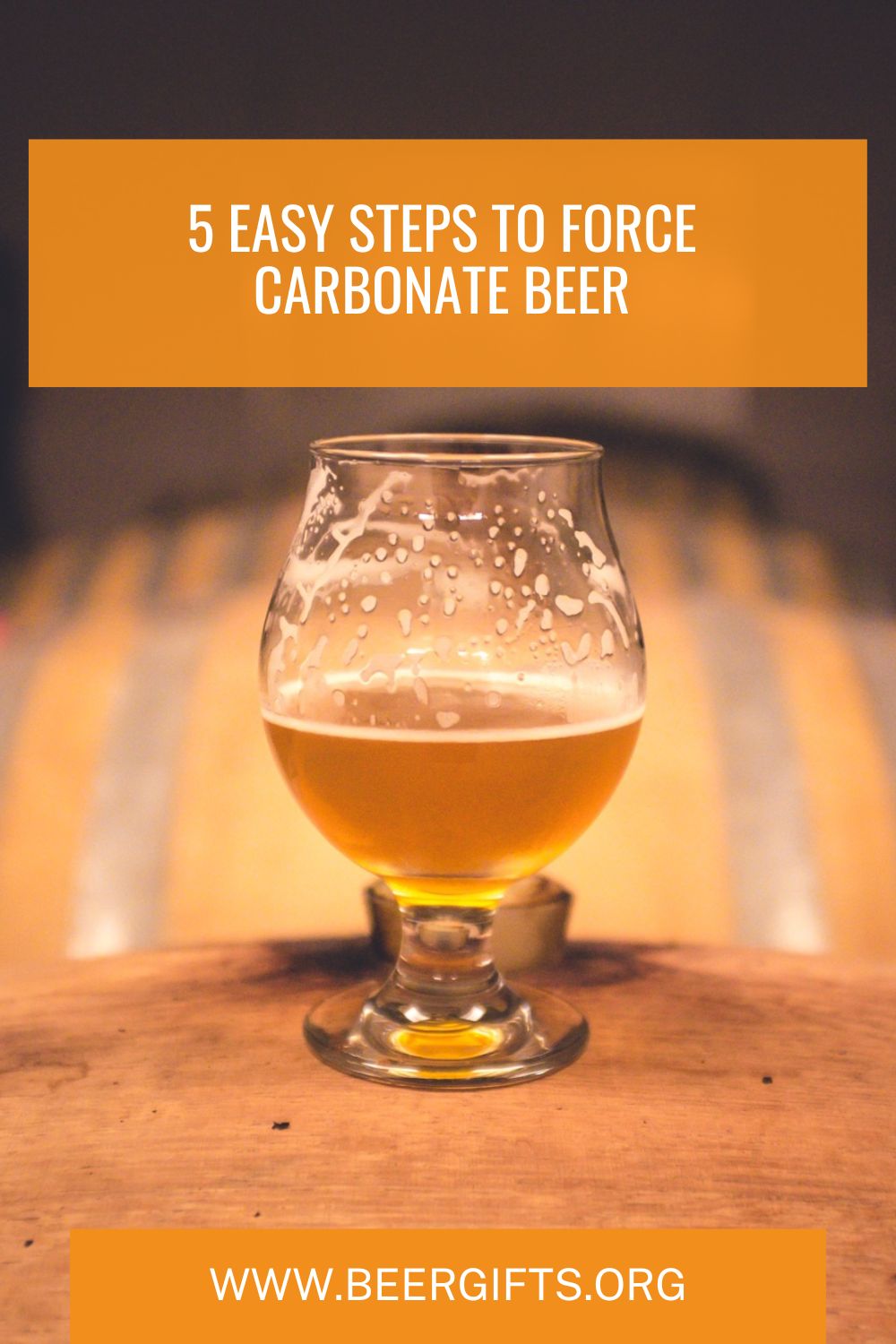
I feel so confused about beers at times. Your content is making me more aware about beers. Thank you.